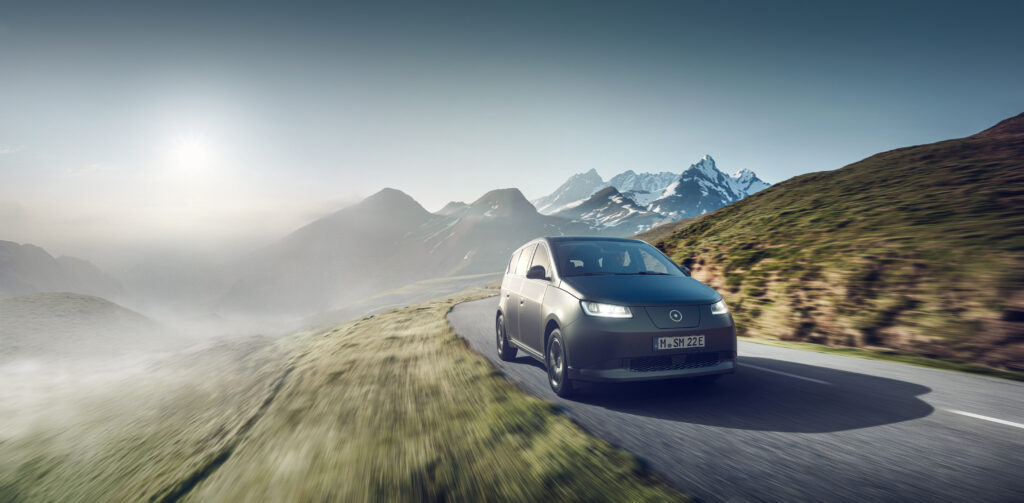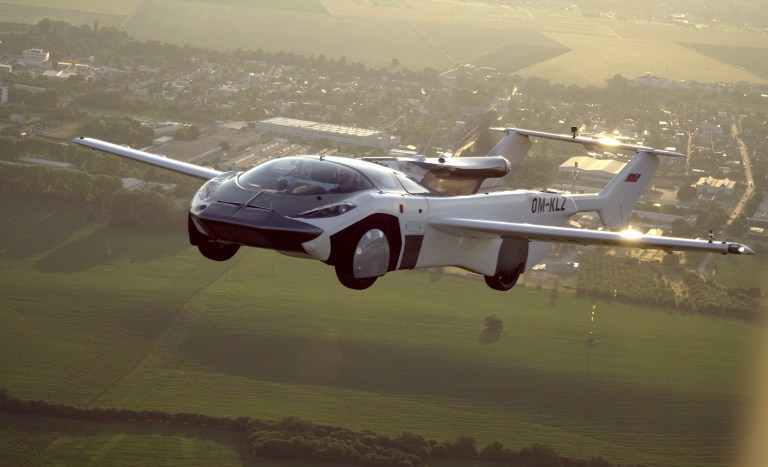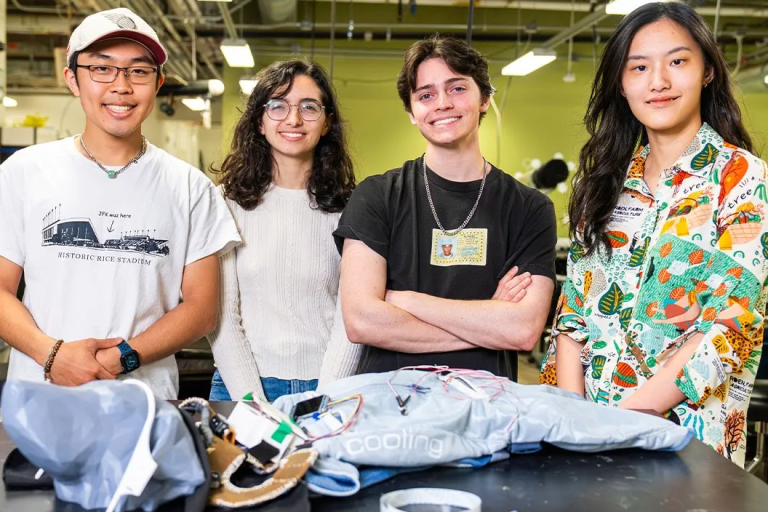Though invented almost 200 years ago, renewed interest in electric vehicles rose in popularity in the 1990s, making way for the various models on the road today. Now, another type of clean energy is on the horizon for the automobile industry: Solar-powered cars may soon become a mainstream mode of transportation — as long as a few speed bumps don’t set things off course.
California-based company Aptera Motors, the German-based Sono Motors, and Dutch company Lightyear are all planning to put the world’s first commercial solar electric vehicles on the market within the next five years.
The new class of cars will use lithium batteries like typical EVs, which means they’ll function in a similar way for long-distance drives: stopping at charging stations to “fuel up” using electricity from the power grid. But for shorter-distance trips, the vehicles will be able to employ integrated solar panels, drawing their power free-of-charge, straight from the sun.

Sono expects to begin production in Europe in 2024 on its model, the Sion, which can be preordered by EU residents for 29,900 euros (around $32,000). “This car gives you per year 5,700 miles free of charge, you know, free of any costs, because it comes from the sun. This is roughly 15 miles a day, which is perfect for commuters,” co-CEO and co-founder Laurin Hahn told CNBC in November.
The road hasn’t always been a smooth one for the Sion, however. In December, facing concerns from investors, Sono launched an ongoing campaign entitled #savesion to keep its production (originally slated to begin in mid-2023, per CNBC) on track. According to a January 23 press release, the company had so far raised about 45 million euros from “its community and other sources,” and had secured more than a third of a 1.46 million-euro grant from the European Climate, Infrastructure and Environment Executive Agency.

In the Netherlands, interested drivers can add their names to the waitlist for the Lightyear 2, though the company has also run into some roadblocks. Also on January 26, Lightyear announced that its request to suspend payments to the operating company responsible for production had been approved, and that the trustee would be focusing on “assessing how the Lightyear concept can be continued.”
As for Aptera in Southern California, things are full steam ahead (so to speak) — and harnessing the sun’s power is only one element of its innovative approach. Along with a daily solar charge capacity of up to 40 miles, the company’s eponymous, three-wheeled automobile has an aerodynamic design and motors in its wheels for ultimate efficiency. As announced on January 20, the final stage of product development for a fleet of 40,000 vehicles is underway, with a goal of beginning production by the end of 2023.
“When you start with aerodynamics as the basis for your vehicle, you end up with something that looks very different than everything else on the road,” CEO Chris Anthony told CNBC. “I mean, our vehicle looks more like a bird or a fish than it does almost anything else on the road today.”











